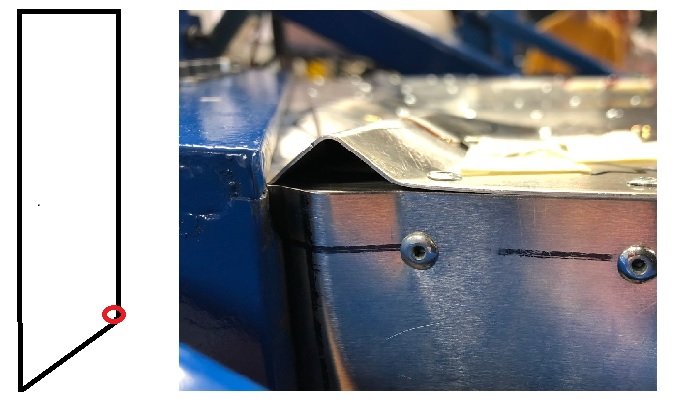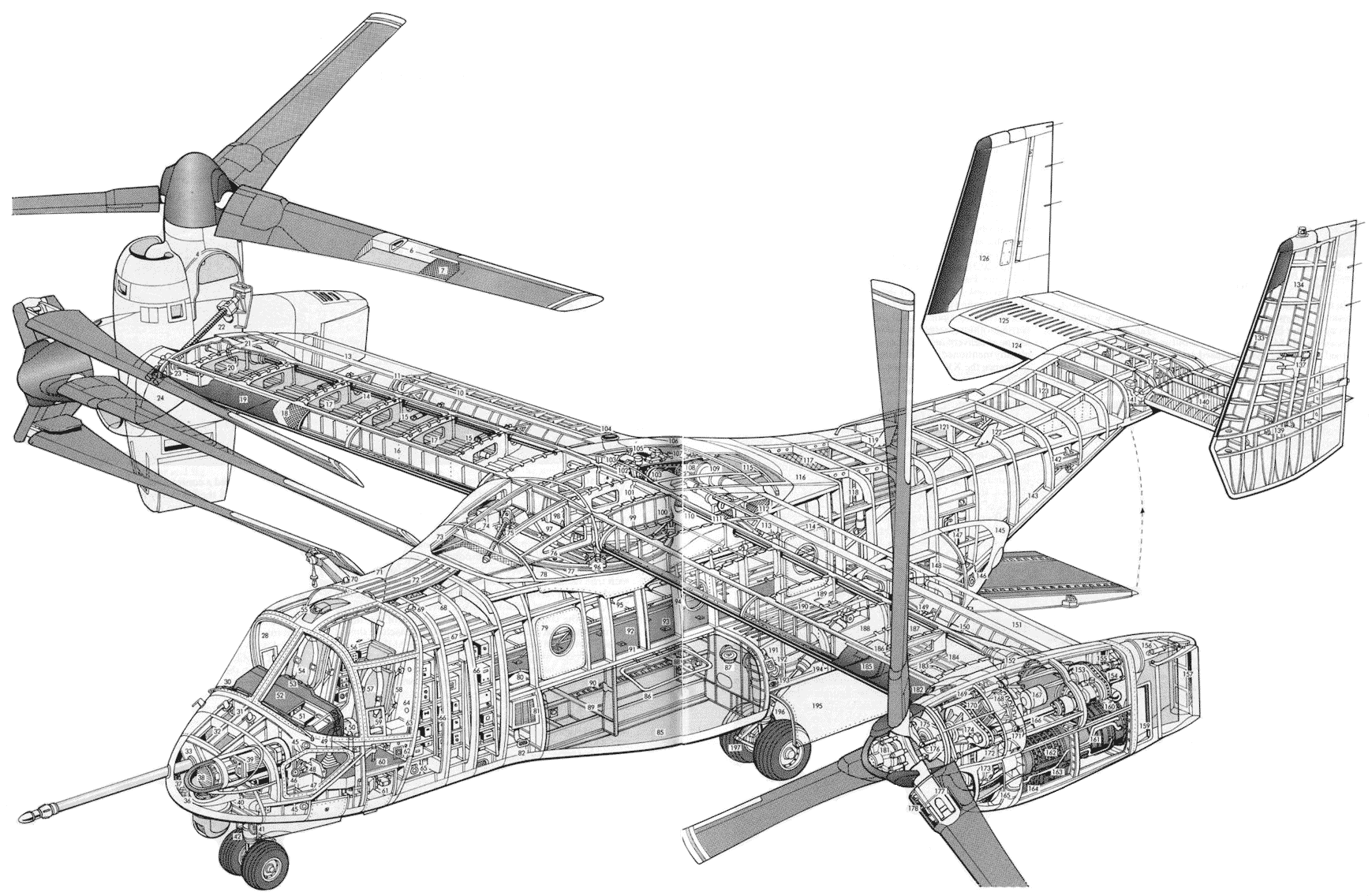
Aerospace project: Wingbox Design
How can you design a Wingbox to withstand bending loads up to 30kN.
This project challenged me to test the mechanical knowledge I’ve gained in design. How could I use the theoretical knowledge to create something that was mechanically sound?
This project starts off with a design brief and a goal: Design a Wingbox structure, such that it can handle loads up to 30kN without failing by applying the mechanical knowledge you've gained. This Wingbox design brief is derived from the Boeing V22 Osprey. The design would be tested in a testing set up to prove if the applied knowledge was sound.

The design process started with a literature review into the mechanics of the structure and the considerations that need to be made. The choice was between two different designs: I-beam and hollow box structures. The hollow box was chosen to counteract the torques in wingboxes during flight.

After the design was finished using the mechanical theory and design requirements. A CAD model and drawing was made to create a blueprint for manufacture of the prototype.

The design was ready to be tested on the testing setup.
The wing box failed at a load of 5.277kN, falling short of the goal of 30kN, as shown in the video above. This was not the end of the project however, as the design was to be improved. 
The critical weak points of the wing box were identified in order to target in a redesign.

The top panel was determined to be the weak spot. A redesign using the empirical data from the first test was used to determine the new design parameters.

The redesigned Wingbox top panel was retested and passed the minimum failure load, while remaining as light as possible.


